In 1995 Richard Strozzi Heckler edited a collection of essays entitled AIKIDO AND THE NEW WARRIOR. Heckler wished to emphasize Aikido as a martial path of loving reconciliation. He did not put forward a model for military personnel…
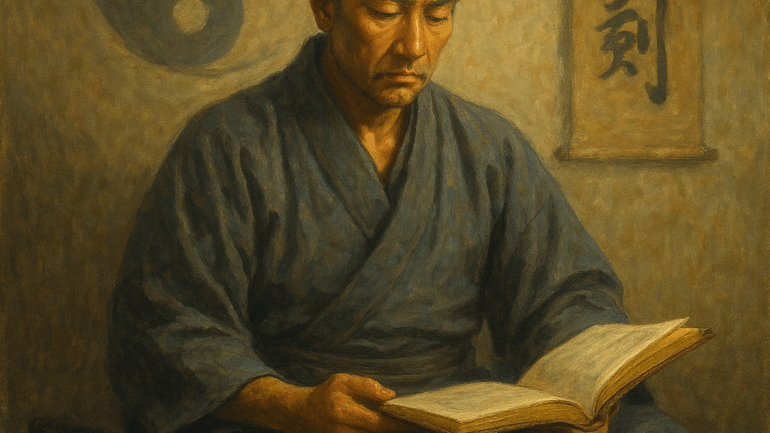

In 1995 Richard Strozzi Heckler edited a collection of essays entitled AIKIDO AND THE NEW WARRIOR. Heckler wished to emphasize Aikido as a martial path of loving reconciliation. He did not put forward a model for military personnel…
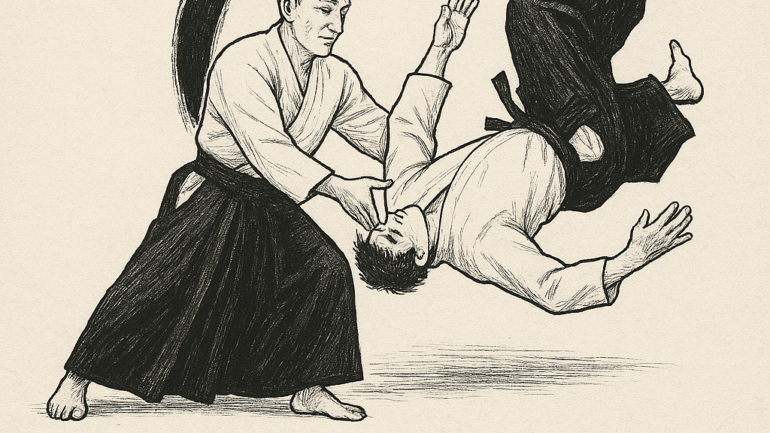
AIKIDO IN EVERYDAY LIFE by Terry Dobson and Victor Miller (1978, 2nd ed. 1993) attempted to create a model for behaviour based on Aikido principles as a guide. They called their system Attack-tics. Dobson had studied directly under…
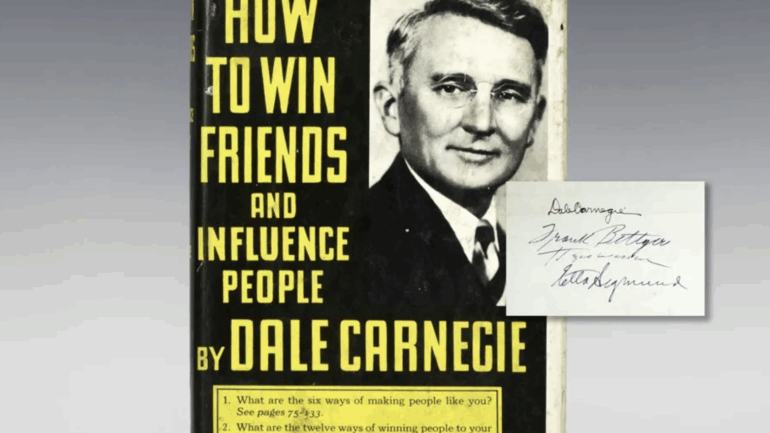
How to live an Aikido life? That is a challenging question and individuals will certainly have varying answers. This month I begin reviewing a series of books that are relevant to the discussion. I begin with a non-Aikido…
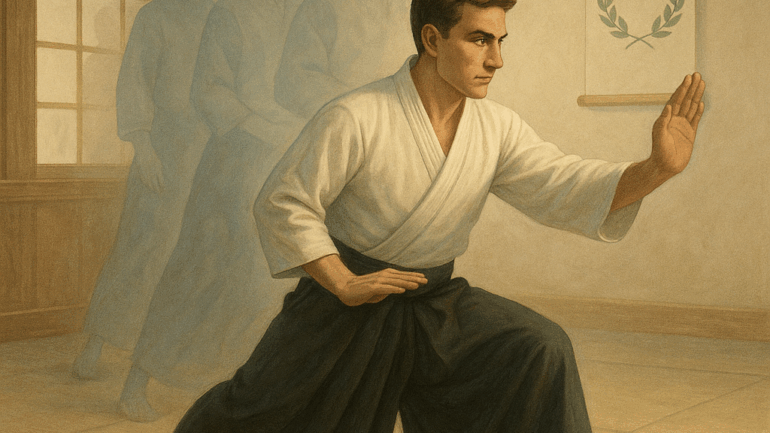
In AIKIDO: THE ART OF TRANSFORMATION Teja Bell and other contributors describe thelife and teachings of Robert Nadeau. Nadeau Sensei was one of the few foreigners to train inJapan while O-Sensei was still alive. At the time, other…
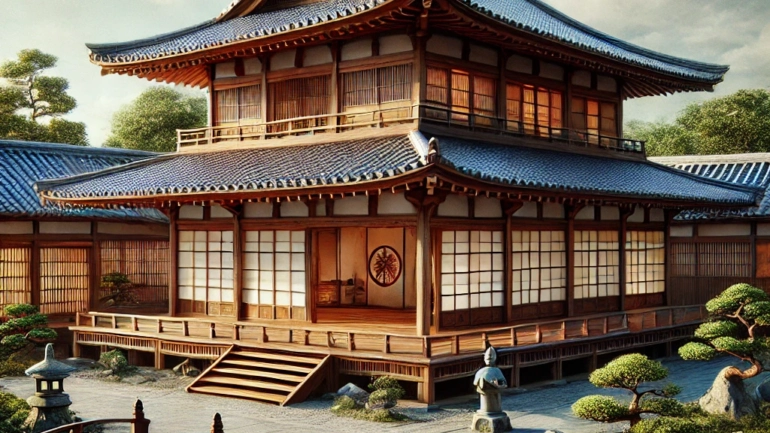
Makoto Ohtsu (7 th Dan), Aikido Showa Dojo Nagoya, Japan The following continues Otsu Sensei’s presentation. He brings the perspective of a long timeAikido student and teacher. He is also a retired professor of Business Studies who taught…
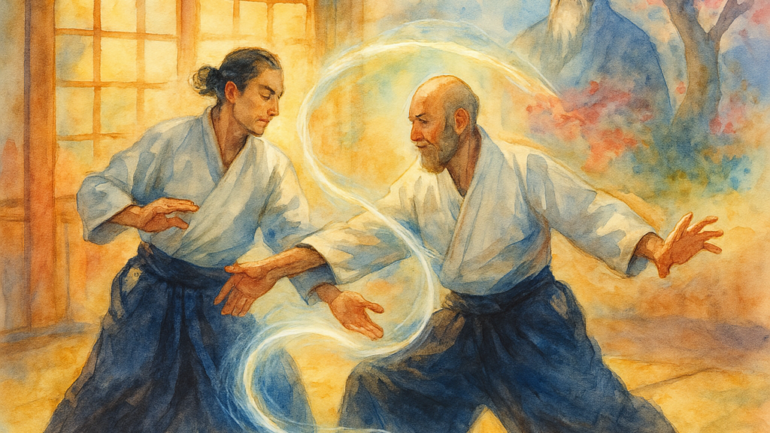
Makoto Ohtsu (7 th Dan), Aikido Showa Dojo Nagoya, Japan Aikido is a modern Japanese martial art based on the spiritual foundation of harmony, love andpeace. Its objective is to defend oneself when attacked, without harming the attacker.…
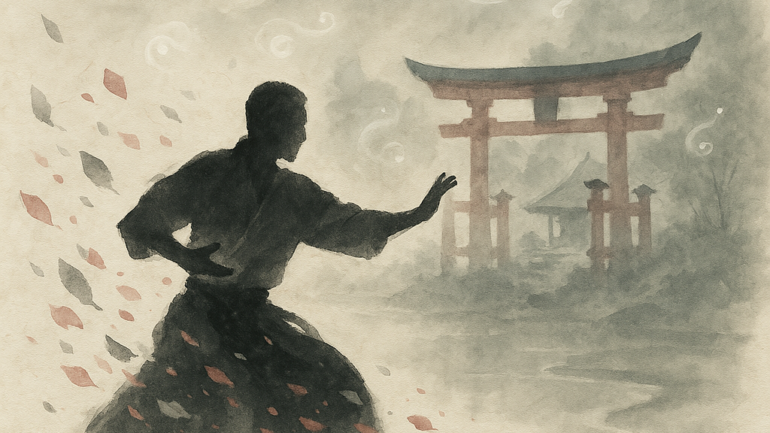
Shinto and Its Derivatives Shinto, which literally means “the Way of the gods”, is the indigenous folk religion of Japan,reflecting animistic and shamanistic views of life that had long existed there. It is generallybelieved that ancient Shinto started…
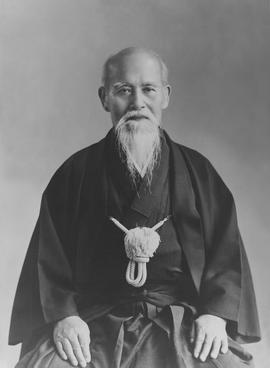
Aikido and Master Morihei Ueshiba Aikido was created some 80 years ago by Master Morihei Ueshiba (1883-1969), usually called “Kaiso” (the Founder). He created Aikido after many years of physical training in the Japanese classical martial arts of…
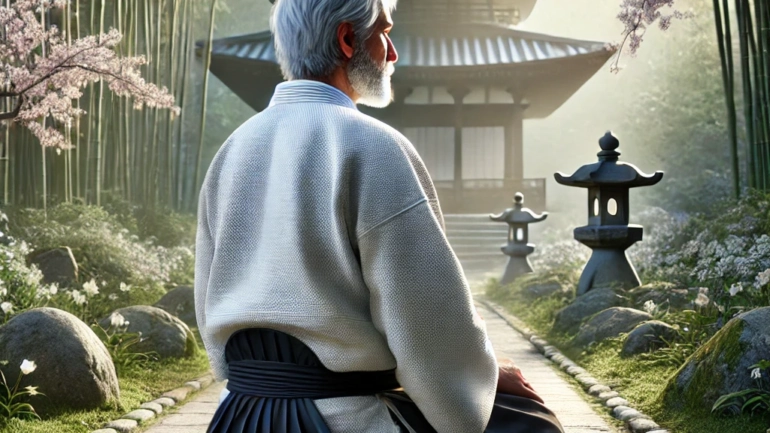
It is said that Budo masters are not judged by the number of students that they have but by the number of masters that they produce. Ueshiba Morihei, O-Sensei, certainly produced many. Outstanding researcher Stanley Pranin interviewed a…
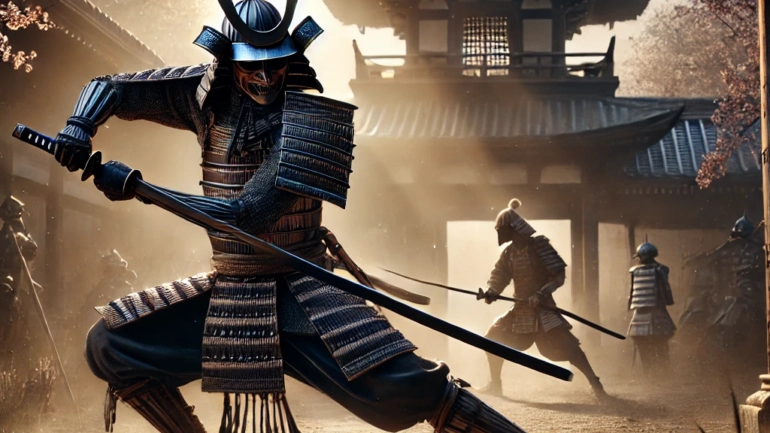
For those interested in the history of Japanese martial arts another fine book is ARMED MARTIAL ARTS OF JAPAN: SWORDSMANSHIP AND ARCHERY by G. Cameron Hurst. The publisher included a good introduction: “This unique history of Japanese armed…